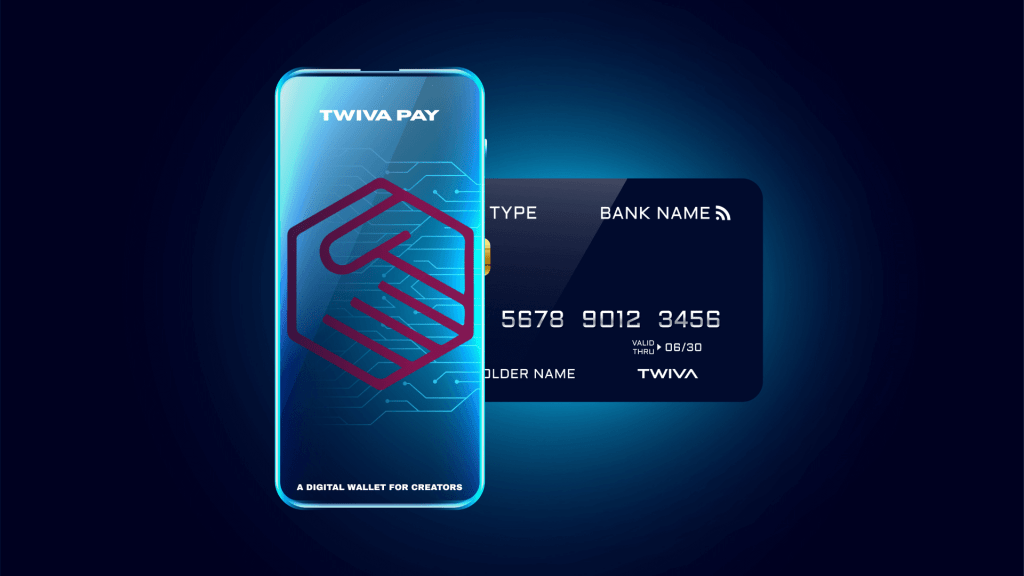Influencer marketing has exploded as brands chase authentic audience engagement. It looks simple: you pay an influencer, they post about your product, and sales follow. But behind the scenes, there’s a hidden burden that can quietly inflate your budget and leave finance teams scratching their heads. Today, we’re pulling back the curtain on the two main culprits, value-added tax (VAT) and withholding tax, and showing you how to keep your campaigns on budget, while wondering why nobody mentions these costs until the invoice arrives.
Contents
VAT: The Invisible Price Hike
When an influencer issues an invoice, many brands forget that VAT often sneaks in on top of the agreed fee. In Kenya, for example, the standard VAT rate stands at 16%. That means if you negotiate a KES 100,000 fee for a campaign, you may actually pay KES 116,000 once VAT is added. Suddenly that “flat‑rate” deal looks 16% steeper.
Beyond Kenya, VAT rates vary globally, from zero in some jurisdictions to over 25% in others, yet brands often assume the headline fee covers everything. The result? Surprises in your expense report and pressure to cut creative budgets mid-campaign. Treat VAT like sneaky marketing costs: factor it in upfront, or choose partners who can handle VAT on your behalf to avoid a mid‑invoice panic.
Withholding Tax: The Unexpected Deduction
If VAT feels like a hidden fee added on, withholding tax (WHT) is the deduction that shows up after payment. Governments worldwide often require brands to withhold a percentage of influencer fees and remit it directly to KRA. In Kenya, WHT on professional services, including influencer marketing, sits at around 5%. So, from that agreed KES 100,000 in our aforementioned example, you might end up remitting only KES 95,000 to the influencer, keeping KES 5,000 to pay tax.
That creates a cash‑flow headache for influencers and complicates your relationship. Imagine negotiating a fee, only for the influencer to invoice you for a higher amount to compensate for WHT. Now your accounting team is juggling multiple figures: gross fee, net fee, WHT amount, and reconciliation. It’s enough to make anyone question whether influencer marketing is worth the paperwork.
Implications for Brands
- Budget Overruns
Without factoring in VAT and WHT, a campaign budget can swell by over 20%. That eats into creative spend, ad placements, and even contingency reserves. Brands may have to revise launch dates or scale back on additional deliverables. - Cash‑Flow Strain
Withholding tax means you hold part of the payment until tax authorities confirm receipt. Influencers might chase you for the full amount, delaying campaign timelines while finance teams sort out remittance certificates. - Relationship Friction
Negotiations become tense when influencers feel underpaid. They may demand higher gross fees to cover tax obligations or delay work until they see proof of WHT remittance, turning what should be a smooth creative process into an audit. - Compliance Risks
If you misclassify an influencer as an independent contractor versus an employee, the tax treatment changes dramatically. Mistakes can trigger penalties and retroactive tax bills, a nightmare scenario for marketers who just wanted some polished Instagram reels.
- Agree on Tax‑Inclusive Fees: State in your contract that all fees are inclusive of VAT and WHT. That way, the landed cost is clear up front. Both parties know what to expect, and finance can allocate budgets without hidden variables.
- Work with a Payment Platform: Platforms like Twiva Pay automate VAT calculation and WHT remittance. Rather than juggling invoices, your team simply funds a wallet, and Twiva Pay disburses the correct amounts to influencers while handling tax filings.
- Engage Local Experts: Tax regulations differ by country and even by region. If you plan multi‑market campaigns, enlist accountants or legal advisors who specialize in digital marketing tax issues. A small consulting fee can prevent six‑figure surprises down the road.
- Use Tiered Pricing Models: Offer influencers tiered rates where the net take‑home is guaranteed. For instance, negotiate the net amount first, then the platform or agency calculates gross fees, VAT, and WHT to hit that target net pay.
- Leverage Treaties and Exemptions: Some countries have double‑taxation treaties or sector exemptions. If an influencer’s home jurisdiction provides relief on withholding tax, you can apply for reduced rates. Just remember to file the paperwork early.
Why Twiva Pay Is Your Secret Weapon

Cutting through the tax clutter shouldn’t distract you from creative strategy. Twiva Pay’s wallet-to-wallet infrastructure automates sticky the processes so you can focus on campaign impact. Here’s why it works:
- Secure Payment: Twiva Pay offers secure, instant transactions between brands, agencies, and creators, eliminating delays and reducing administrative overhead.
- Reduced Tax Impact: Brands pay only a 5% withholding tax instead of 16% VAT, saving an average of 11% on cumulative GMV.
- Instant Disbursements: Funds transfer directly into the influencer’s Twiva Pay wallet – no more bank delays.
- Transparent Records: Both brands and creators can track each transaction in real time.
Conclusion

Hidden expenses shouldn’t derail your influencer marketing goals. Understanding VAT versus withholding tax is step one. Step two is partnering with a solution built for the creator economy, Twiva Pay. It integrates seamlessly with your campaigns, handles every twist, and empowers you to invest fully in authentic storytelling. No surprises, no extra invoices, just smooth creative collaboration that delivers measurable ROI.
Trust Twiva Pay to pay influencers the right way, every time.
